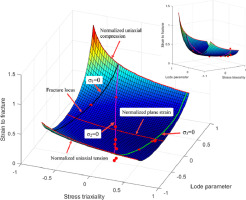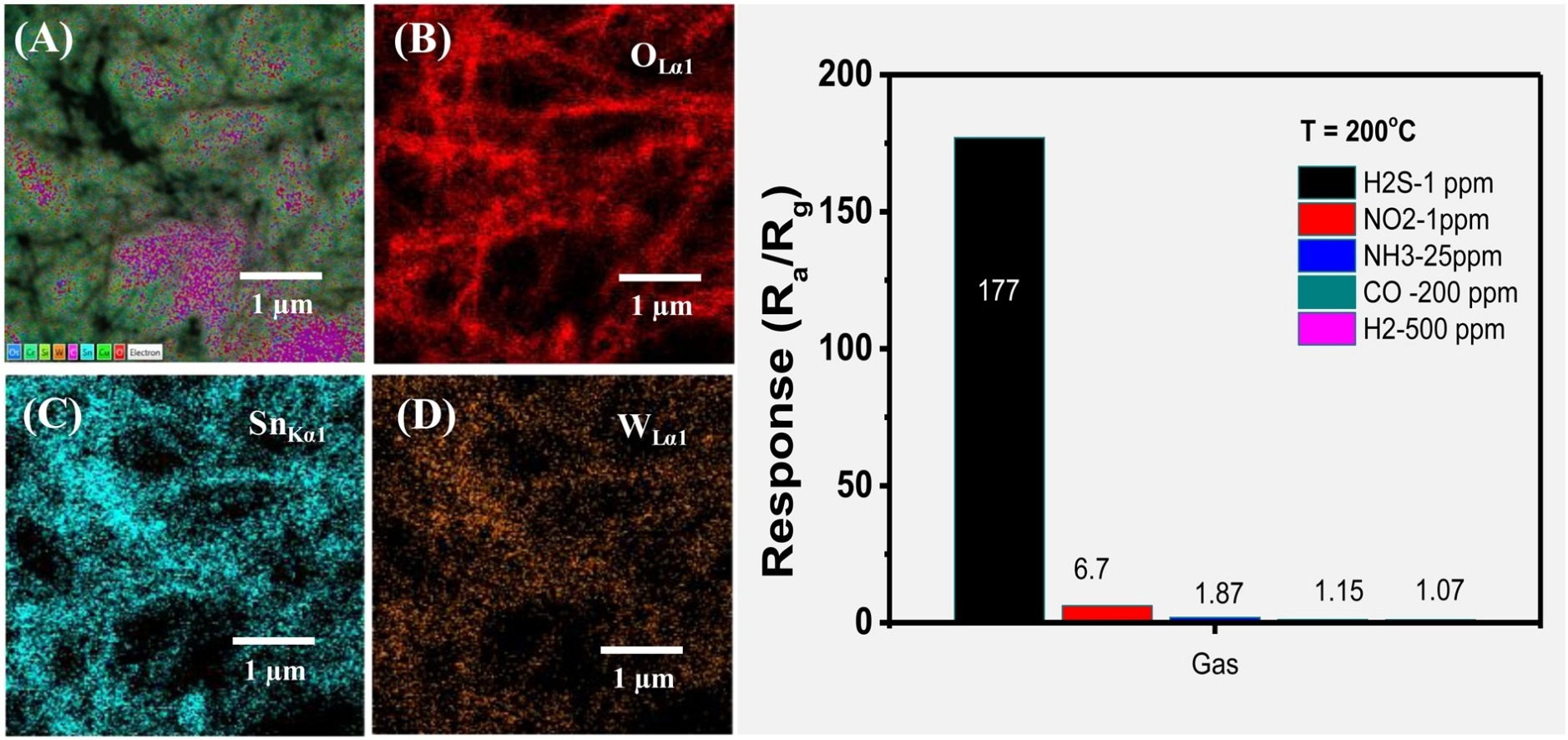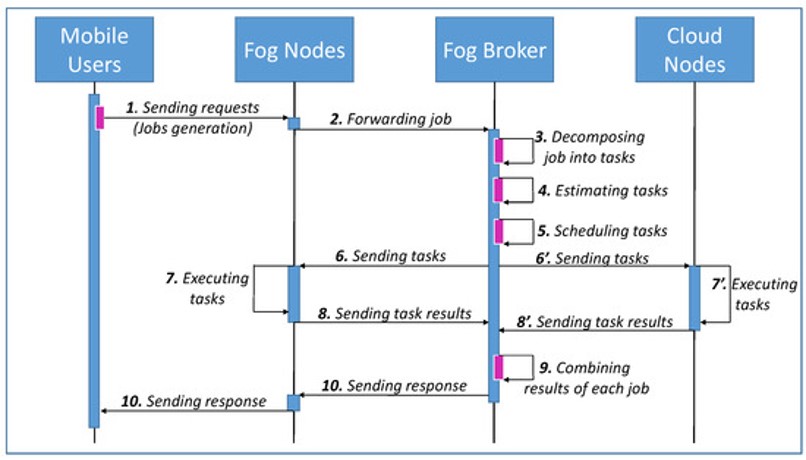1. One-Step Fabrication of SnO2 Porous Nanofiber Gas Sensors for Sub-ppm H2S Detection
Phan Hong Phuoc a, Chu Manh Hung a, Nguyen Van Toan a, Nguyen Van Duy a, Nguyen Duc Hoa a, Nguyen Van Hieu b,c
a: International Training Institute for Materials Science, Hanoi University of Science and Technology, 1 Dai Co Viet, Hai Ba Trung, Hanoi, Vietnam
b: Faculty of Electrical and Electronic Engineering, Phenikaa Institute for Advanced Study (PIAS), Phenikaa University, Yen Nghia, Hanoi, Vietnam
c: Phenikaa Research and Technology Institute (PRATI), A&A Green Phoenix Group, 167 Hoang Ngan, Hanoi, Vietnam

Abstract
SnO2 porous nanofibers (NFs) were deposited on-chip by using a facile electrospinning method followed by heat treatment at 600oC and used to detect H2S concentrations at sub-parts per million level. Morphological, compositional, crystal, and atomic structural properties of the as-spun and calcined SnO2 NFs were investigated by field emission electron microscopy, energy dispersive spectroscopy, X-ray diffraction, and high-resolution transmission electron microscopy, respectively. SnO2 porous NFs with an average diameter of 150 nm and consisting of many nanograins were successfully fabricated by on-chip electrospinning. The NFs were crystallized as the tetragonal structure of SnO2 with an average crystallite size and dislocation density of approximately 13.5 nm and 5.615 × 1015 lines/m2, respectively. The sensing characteristics of the SnO2 NF sensors were tested with 0.1–1 ppm H2S from 150oC to 450oC. The sensor achieved the optimal performance at 350oC and exhibited gas response of 15.2 with fast response/recovery times of 15 s/230 s. The H2S gas sensing mechanisms of the SnO2 porous NF sensors were due to the modulation of the resistance along the surface depletion layer and the grain boundaries. The fabricated sensor also indicated a good selectivity to H2S, short-term stability, and the low detection limit of 1.6 ppb. The influence of humidity on the sensor’s performance in a low temperature range is also discussed. ()
2. An Efficient Genetic Algorithm for Maximizing Area Coverage in Wireless Sensor Networks
Nguyen Thi Hanh a,b, Huynh Thi Thanh Binh a, Nguyen Xuan Hoai c, Marimuthu Swami Palaniswami d
a: Hanoi University of Science and Technology, 1 Dai Co Viet, Hai Ba Trung, Hanoi, Vietnam
b: Phuong Dong University, 171 Trung Kinh, Cau Giay, Hanoi, Vietnam
c: AI Academy, Vietnam, 489 Hoang Quoc Viet, Cau Giay, Hanoi, Vietnam
d: University of Melbourne, Grattan Street, Parkville, Victoria, 3010, Australia
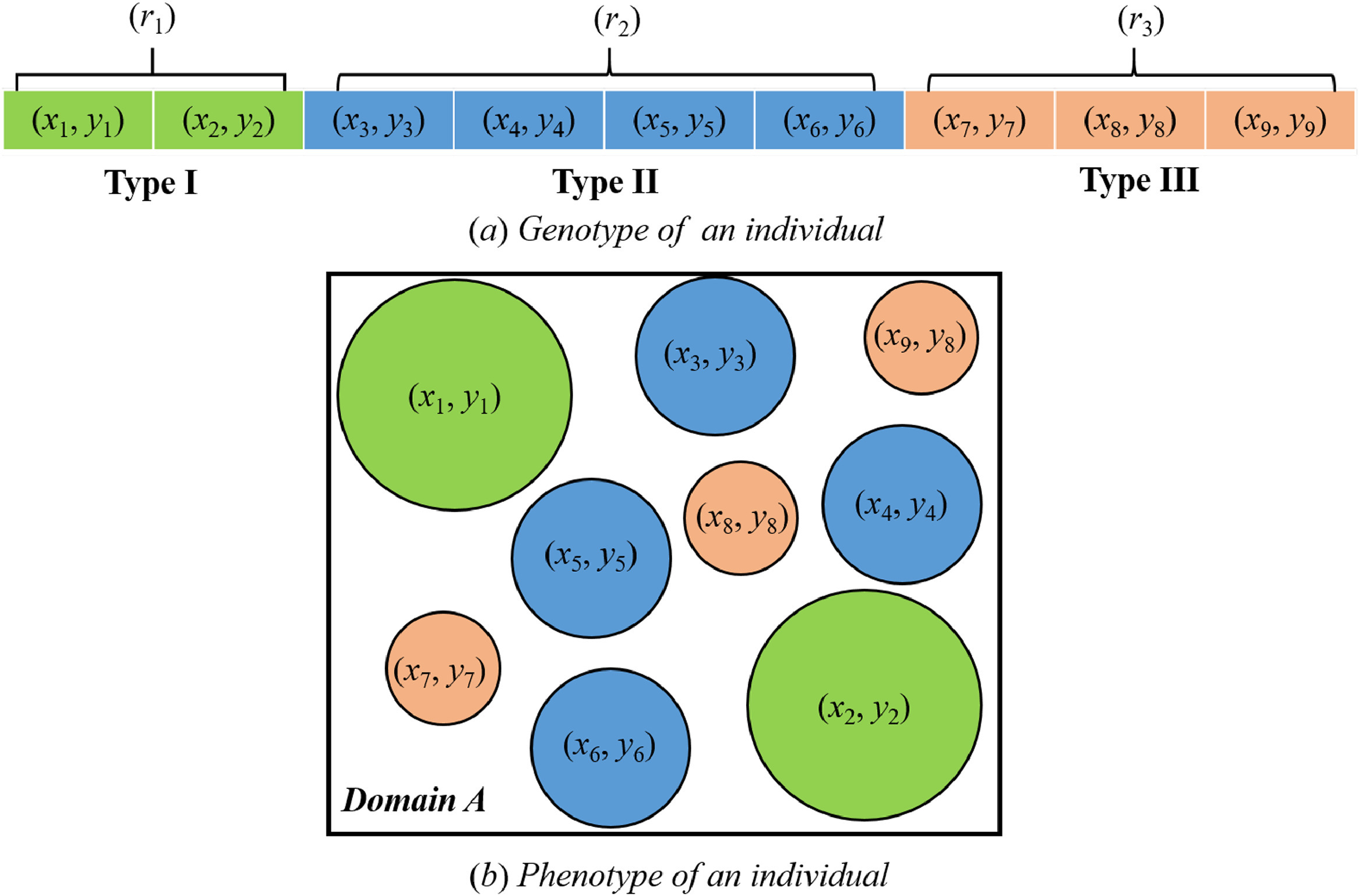
Abstract
Wireless sensor networks collect and transfer environmental data from a predefined region to a base station to be processed and analyzed. A major problem when designing these networks is deploying sensors such that their area coverage is maximized. Given a number of sensors with heterogeneous sensing ranges, the problem of coverage maximization is known to be NP-hard. As such, prevailing methods often rely on metaheuristic techniques while employing approximated fitness functions, resulting in modest solution quality and stability. This paper proposes a novel and efficient metaheuristic in the form of a genetic algorithm, which overcomes several weaknesses of existing metaheuristics, along with an exact method for calculating the fitness function for this problem. The proposed genetic algorithm includes a heuristic population initialization procedure, the proposed exact integral area calculation for the fitness function, and a combination of Laplace Crossover and Arithmetic Crossover Method operators. Experiments have been conducted to compare the proposed algorithm with five state-of-the-art methods on a wide range of problem instances. The results show that our algorithm delivers the best performance in terms of solution quality and stability on a majority of the tested instances. ()
3. Intrinsic and Tunable Ferromagnetism in Bi0.5Na0.5TiO3 through CaFeO3-δ Modification
N. T. Hung a, N. H. Lam a, A. D. Nguyen b,c, L. H. Bac a, N. N. Trung a, D. D. Dung a, Y. S. Kim c, N. Tsogbadrakh d, T. Ochirkhuyag e, D. Odkhuu e
a: School of Engineering Physics, Hanoi University of Science and Technology, 1 Dai Co Viet, Hai Ba Trung, Hanoi, Vietnam
b: Department of Physics, Faculty of Basic-Fundamental Sciences, Viet Nam Maritime University, 484 Lach Tray, Le Chan, Haiphong, Vietnam
c: Department of Physics, University of Ulsan, Ulsan, 680-749, Republic of Korea
d: Department of Physics, National University of Mongolia, Ulaanbaatar, 14201, Mongolia
e: Department of Physics, Incheon National University, Incheon, 22012, Republic of Korea
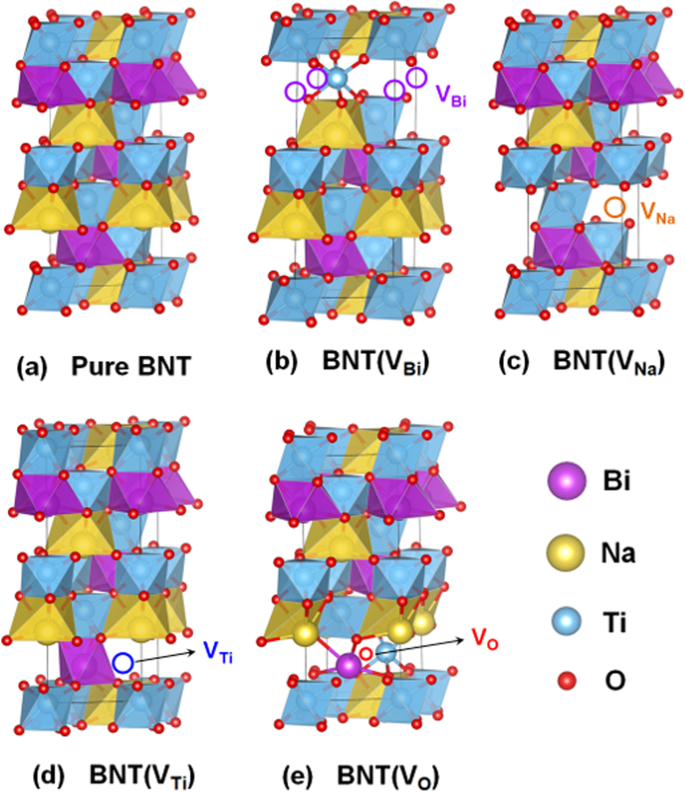
Abstract
New (1-x) Bi0.5Na0.5TiO3 +xCaFeO3-δ solid solution compounds were fabricated using a sol–gel method. the CaFeO3-δ materials were mixed into host Bi0.5Na0.5TiO3 materials to form a solid solution that exhibited similar crystal symmetry to those of Bi0.5Na0.5TiO3 phases. The random distribution of Ca and Fe cations in the Bi0.5Na0.5TiO3 crystals resulted in a distorted structure. The optical band gaps decreased from 3.11 eV for the pure Bi0.5Na0.5TiO3 samples to 2.34 eV for the 9 mol% CaFeO3-δ-modified Bi0.5Na0.5TiO3 samples. Moreover, the Bi0.5Na0.5TiO3 samples exhibited weak photoluminescence because of the intrinsic defects and suppressed photoluminescence with increasing CaFeO3-δ concentration. Experimental and theoretical studies via density functional theory calculations showed that pure Bi0.5Na0.5TiO3 exhibited intrinsic ferromagnetism, which is associated with the possible presence of Bi, Na, and Ti vacancies and Ti3+-defect states. Further studies showed that such an induced magnetism by intrinsic defects can also be enhanced effectively with CaFeO3-δ addition. This study provides a basis for understanding the role of secondary phase as a solid solution in Bi0.5Na0.5TiO3 to facilitate the development of lead-free ferroelectric materials. ()

